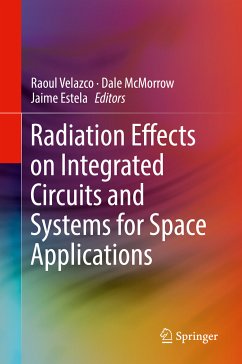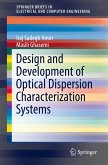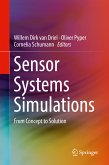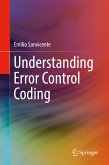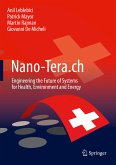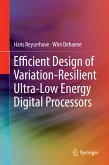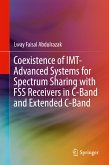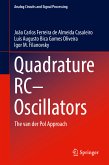This book provides readers with invaluable overviews and updates of the most important topics in the radiation-effects field, enabling them to face significant challenges in the quest for the insertion of ever-higher density and higher performance electronic components in satellite systems. Readers will benefit from the up-to-date coverage of the various primary (classical) sub-areas of radiation effects, including the space and terrestrial radiation environments, basic mechanisms of total ionizing dose, digital and analog single-event transients, basic mechanisms of single-event effects, system-level SEE analysis, device-level, circuit-level and system-level hardening approaches, and radiation hardness assurance. Additionally, this book includes in-depth discussions of several newer areas of investigation, and current challenges to the radiation effects community, such as radiation hardening by design, the use of Commercial-Off-The-Shelf (COTS) components in space missions, CubeSats and SmallSats, the use of recent generation FPGA's in space, and new approaches for radiation testing and validation. The authors provide essential background and fundamentals, in addition to information on the most recent advances and challenges in the sub-areas of radiation effects.
- Provides a concise introduction to the fundamentals of radiation effects, latest research results, and new test methods and procedures;
- Discusses the radiation effects and mitigation solutions for advanced integrated circuits and systems designed to operate in harsh radiation environments;
- Includes coverage of the impact of Small Satellites in the space industry.
Dieser Download kann aus rechtlichen Gründen nur mit Rechnungsadresse in A, B, BG, CY, CZ, D, DK, EW, E, FIN, F, GR, HR, H, IRL, I, LT, L, LR, M, NL, PL, P, R, S, SLO, SK ausgeliefert werden.

